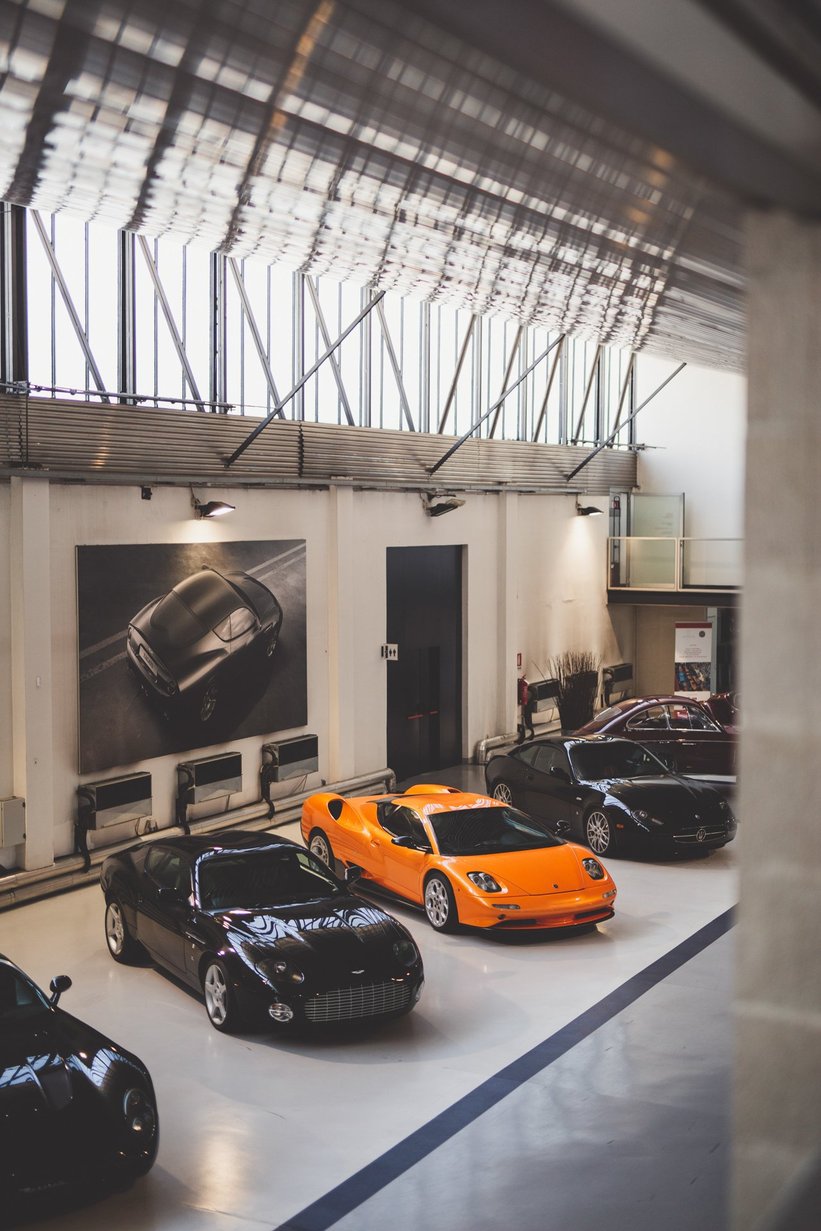
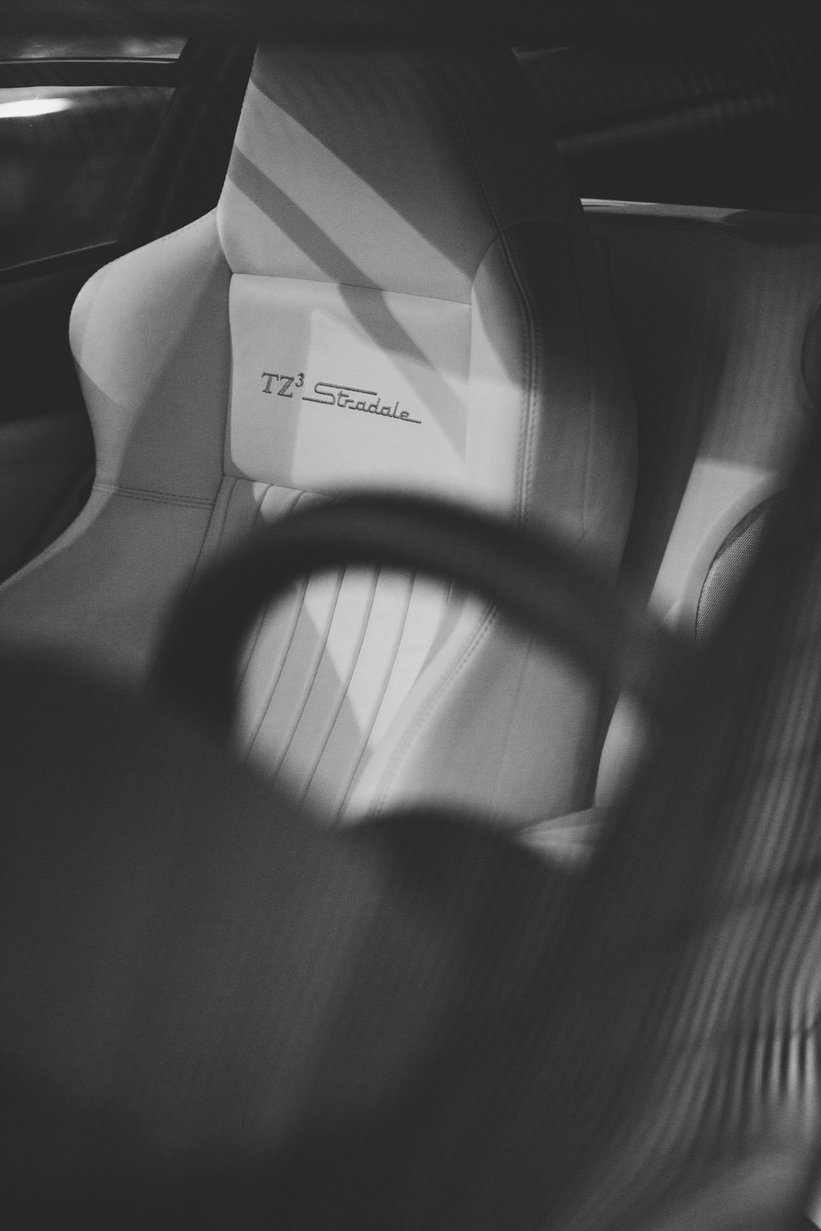
Weirdly wonderful or wonderfully weird? Regardless of your opinion on Zagato’s wild automotive creations, you can’t argue with the design studio’s illustrious 100-year-old history and the truly worldwide recognition and adoration it has garnered. Just last weekend at the Concorso d’Eleganza Kyoto, 33 Zagato-bodied cars ranging from the achingly beautiful Alfa Romeo TZ1 to the downright bizarre Autech Stelvio were gathered in the picturesque grounds of Nijō Castle to commence the brand’s centenary celebrations.
Before we travelled to Japan, a country whose collectors hold Zagato especially dear to their hearts, we visited its stunning headquarters and museum just north of Milan to meet Andrea Zagato, son of Elio and grandson of founder Ugo, and his wife Marella Rivolta Zagato. And when we could drag ourselves away from the bright and airy building’s magnificent four-wheeled exhibits – which, by the way, included the 1934 Mille Miglia class-winning Alfa Romeo 6C Gran Sport Testa Fissa 1500 and the sole surviving Lamborghini L147 Canto from 1998 – we asked Andrea to reflect on Zagato’s rich heritage and fundamental values and characteristics, and look forward into its next 100 years. Put the kettle on and settle in, ladies and gentlemen, because this is a good one.
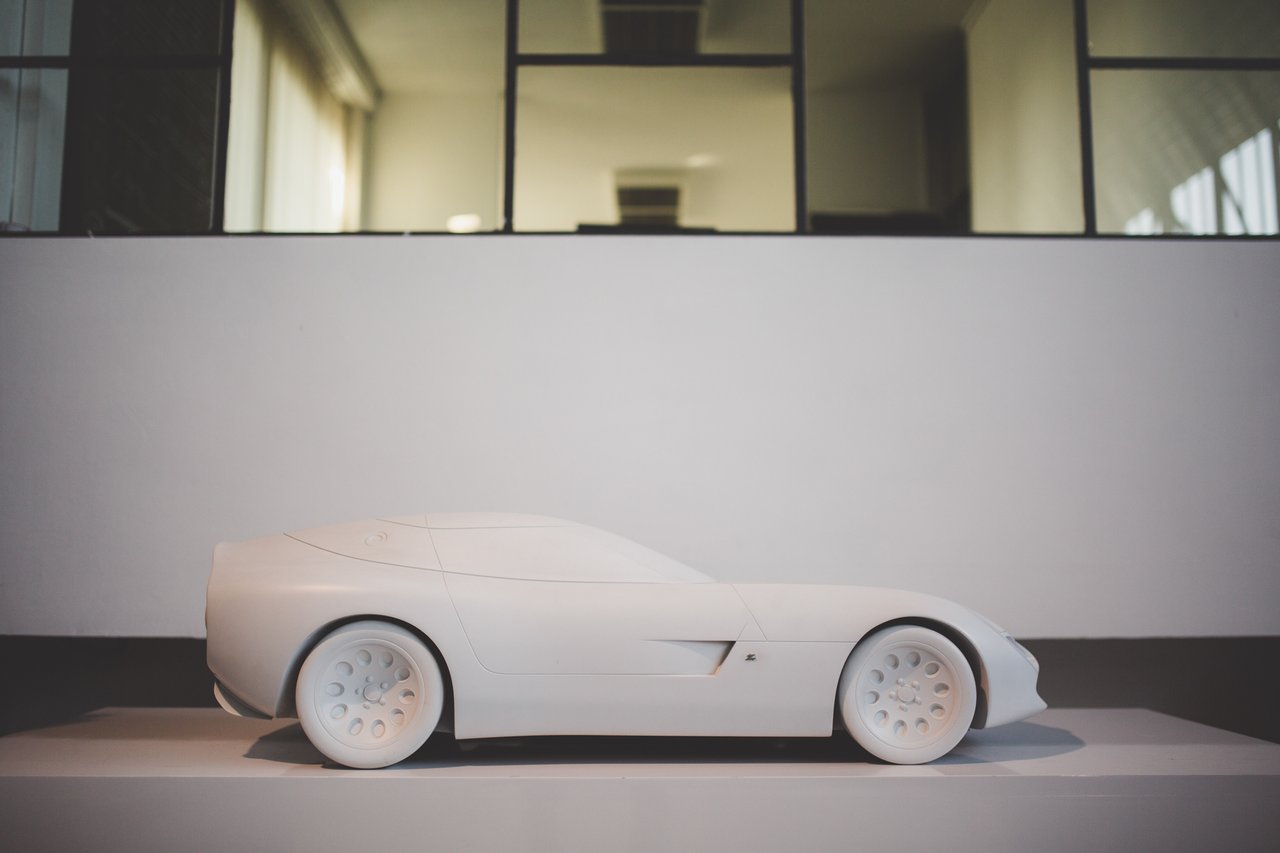
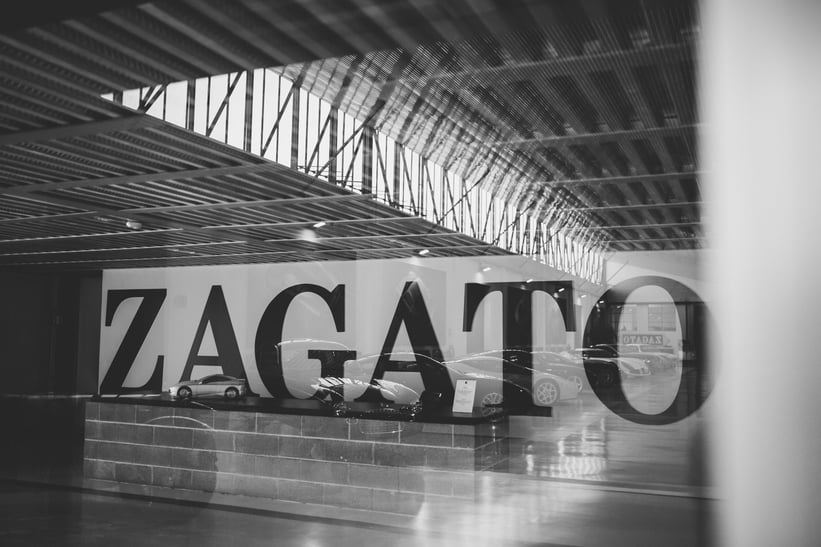
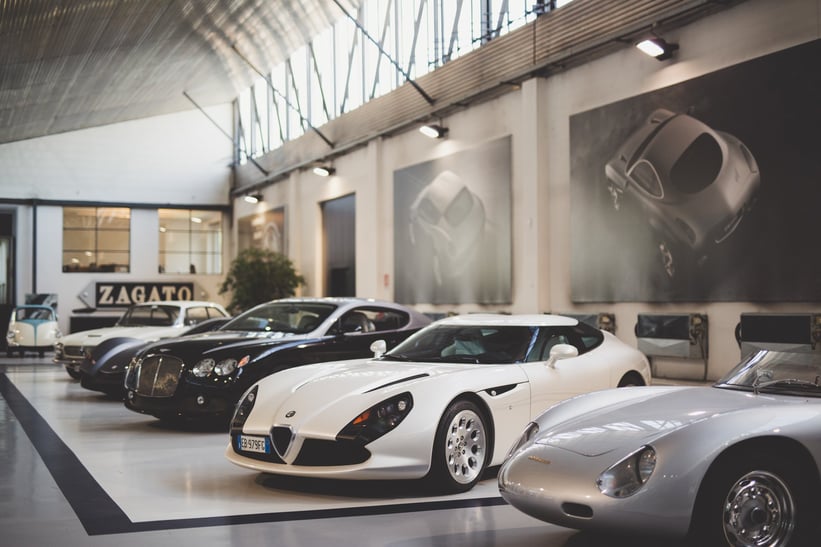
Firstly, could you tell us about the origins of Zagato and how it forged its reputation?
Ugo Zagato began his coachbuilding career in 1919 when he left Officine Aeronautiche Ansaldo-Pomilio after an important four-year stint to start his own business in Milan, an Atelier for the ‘construction and repair of bodies for automobiles and aeroplanes’. He did so with the bold intention of transferring sophisticated construction techniques from the aeronautical industry, which combined lightness with strength, to the automotive sector.
The cars of the time were bulky and heavy and building them as lightweight structures, with a frame in sheet aluminium akin to an aircraft fuselage, was the true revolution initiated by Zagato. This change in direction came to represent a fundamental chapter in the history of taste and, in Europe at least, permanently applied the concept of function to automotive design.

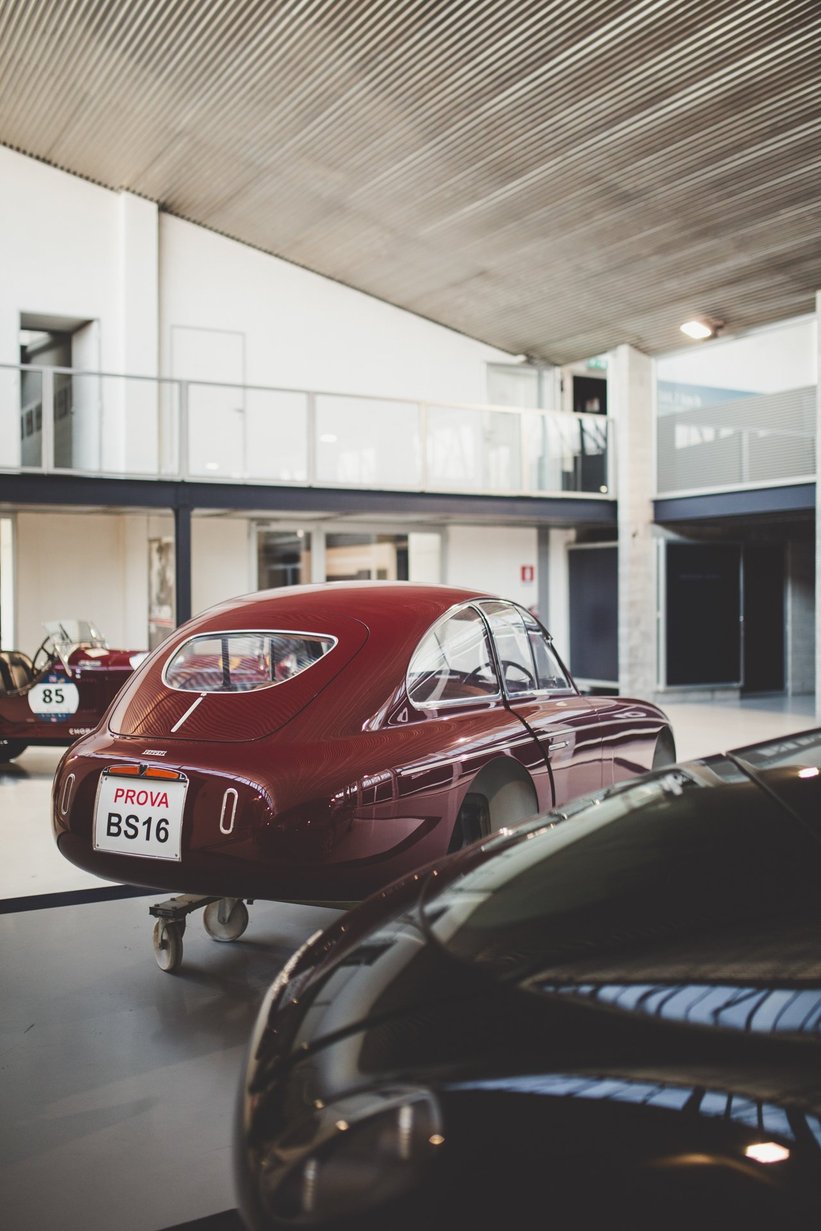
How did coachbuilding evolve after the War and how did Zagato adapt to these changes?
After World War Two, the invention of the monocoque saw 90 percent of traditional coachbuilders disappear. The few that survived became assemblers, designing and manufacturing special bodies such as coupés and spiders for the most prestigious automotive brands. These models were the protagonists of a new approach to industrial production in which famous coachbuilders who’d previously found fame with their own special bodies instead became assemblers of custom-built cars.
Zagato could then count on an elite clientele of connoisseurs – true enthusiasts who bought a car bearing the lightning ‘Z’ because of its coachwork and extreme functionality, regardless of the engine and other mechanical organs. When Japanese manufacturers introduced ‘lean production’ in the 1980s, I realised it was the end of an era and time to change our direction towards design, engineering, and high-quality unique and special creations for our most enthusiastic customers.

What do you think are the fundamental characteristics of a Zagato-designed car?
Zagato’s signature is that it’s tied to prestigious, sporty brands and partnerships formed directly with their founders. Therefore, behind every iconic model, there are many stories and fun anecdotes. The characteristics of Zagato-bodied models – which, by the way, only exist as coupés, spiders, and speedsters – are unmistakable and very different to the original production cars: compact shapes, soft but strained volumes inspired by aeronautics, Kamm tails, and double-bubble roofs. Zagato is true to the rationalist credo, whereby volumes are privileged with respect to details, and surfaces tend to have no interruptions. Less is more and bellezza necessaria, or ‘essential beauty’, must be achieved.
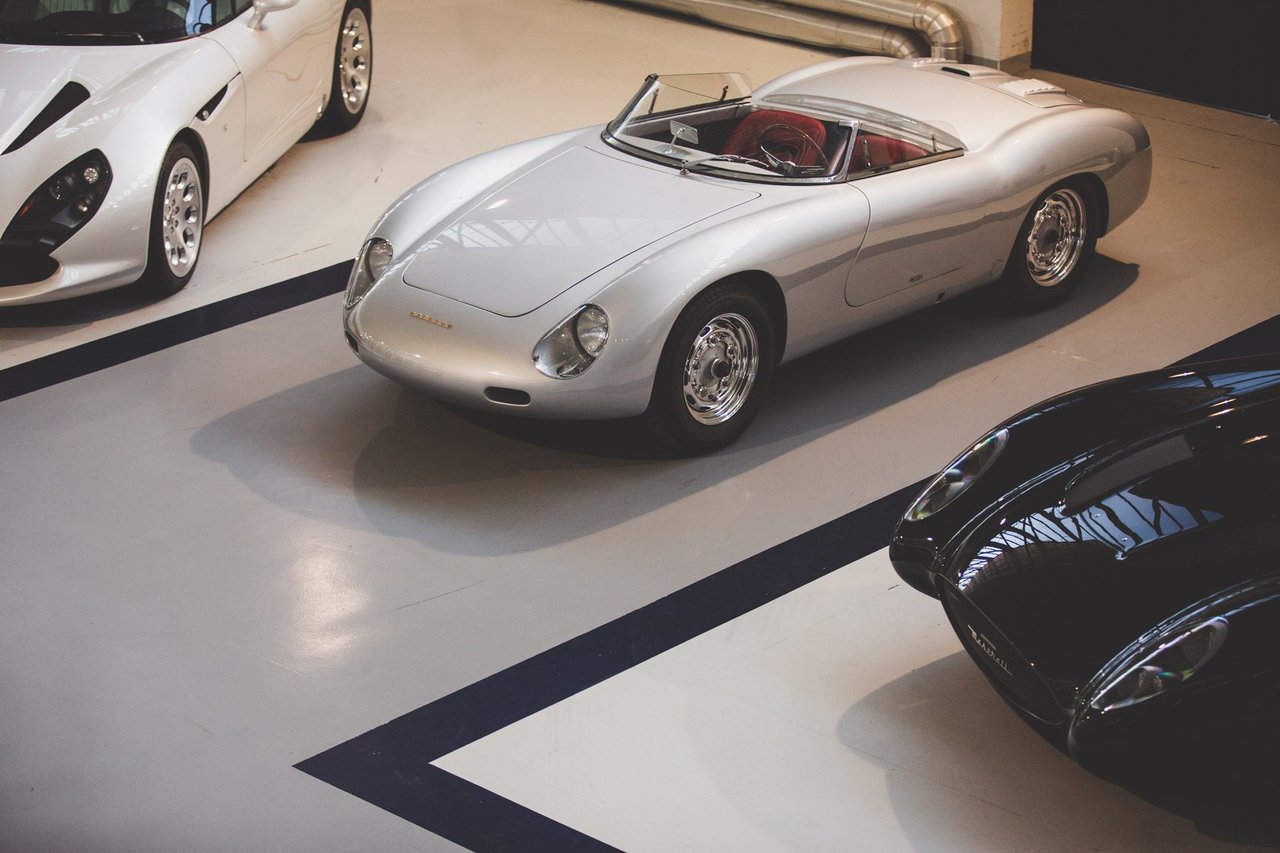

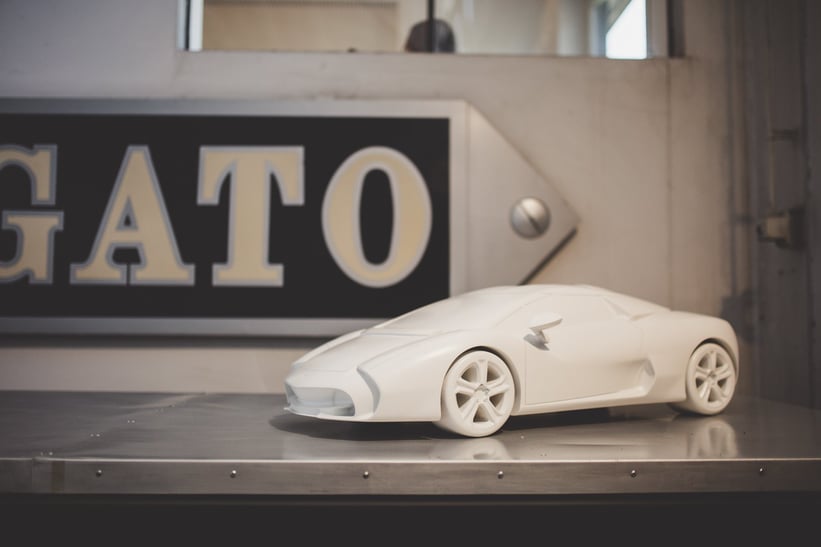
Arguably your most enduring relationship has been with Aston Martin – how did this begin?
Our first encounter with Aston Martin was at the Geneva Motor Show in 1960, thanks to a mutual friend. Since 1957, Zagato had been working with AC Cars and Bristol and at the show, the Bristol 407 GTZ and the Alfa Giulietta SZ caught the attention of David Brown and John Wyer, the technical director of Aston Martin Lagonda. Zagato’s technical director Gianni Zagato, who helpfully could speak English, struck a deal during the show over a bottle of whiskey.
Three Aston Martin chassis were shipped to Milan – including a prototype for racing – to be fitted with GT bodies in time for the London Motor Show in October of that year. The mission of Carrozzeria Touring was to create Turismo coachwork while Zagato’s was to build Gran Turismo bodies. The Touring-bodied DB4GT was therefore not light enough to race and Aston wanted a Gran Turismo akin to Zagato’s famous creations from the 1950s. The DB4GT Zagato might just be the pinnacle of Zagato’s post-War Gran Turismo epoch.
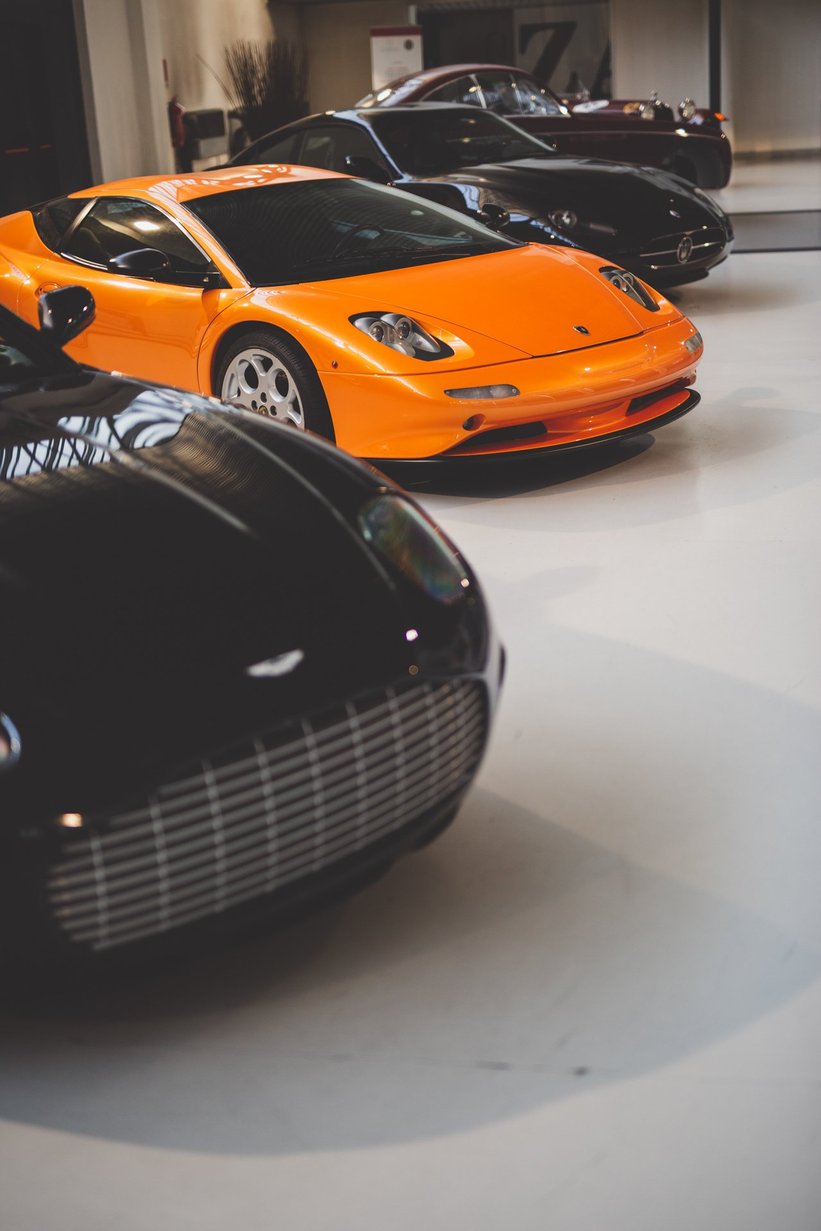
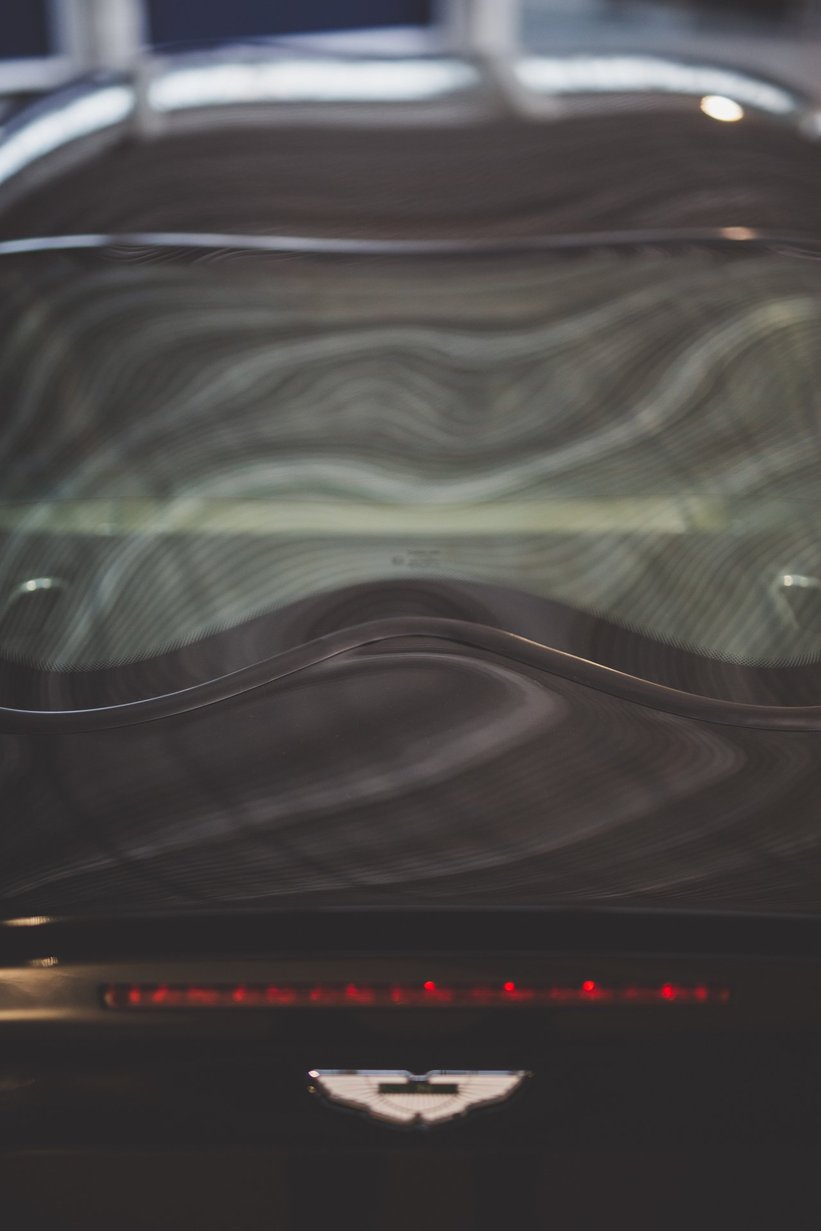
How do you feel about Aston recommencing production of the DB4GT Zagato as part of the DBZ Centenary Collection?
Marella and I provided only one condition to Paul Spires when he visited us to discuss the DB4GT Zagato continuation project, and that was that we’d only give him our blessing if we could have one of the cars for ourselves. I’ve been dreaming about driving and owning one of these masterpieces ever since I was a child and now after many years, we’re finally going to have one in our collection. It’s a dream come true.
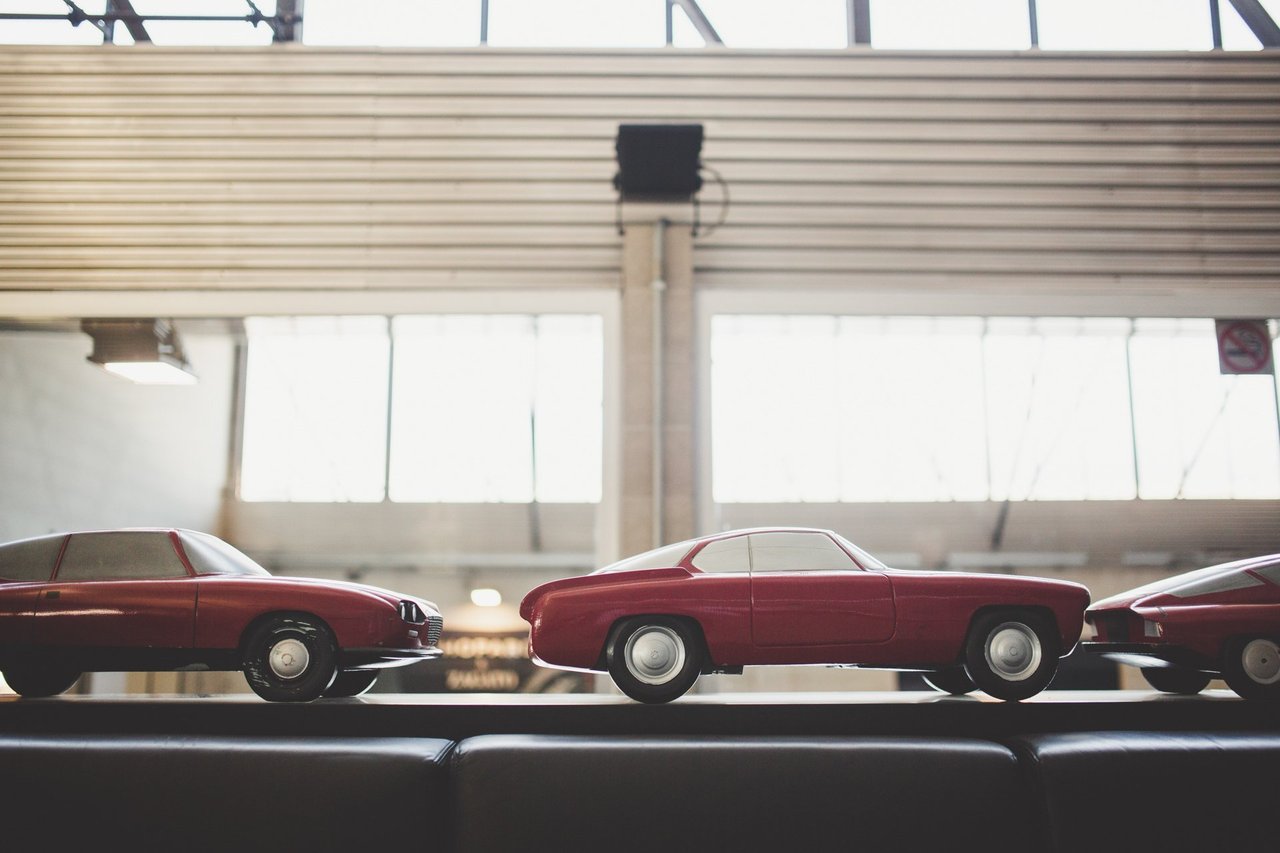
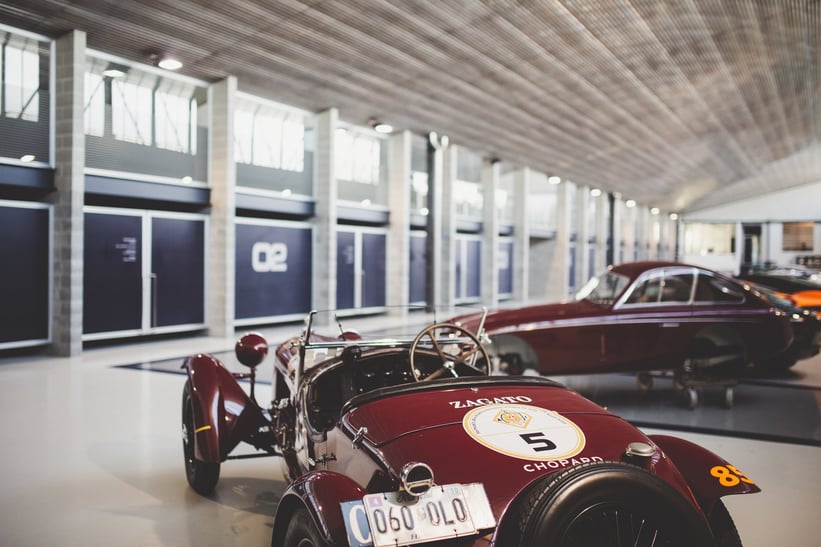
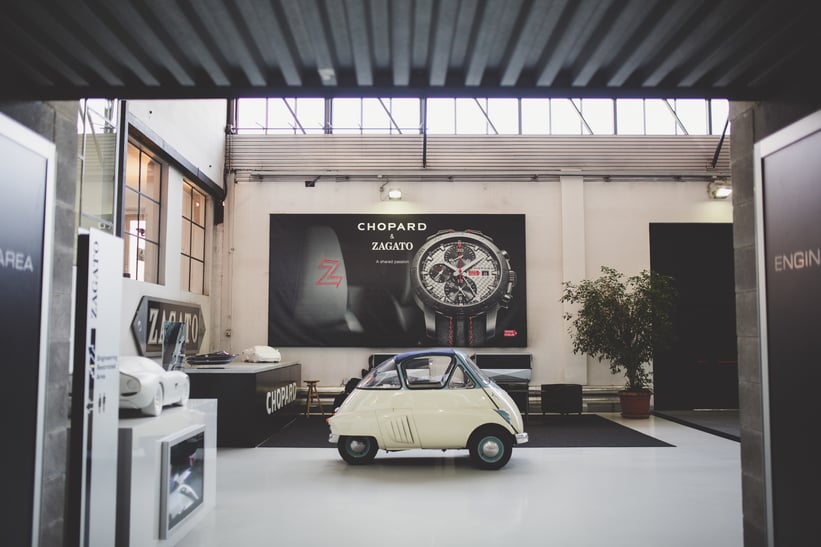
Which are the most important Zagato cars in the last 100 years?
I believe that today, Aston Martin is as important to Zagato as Alfa Romeo was in the company’s first 50 years. Alfa allowed my grandfather to earn global fame and to join Enzo Ferrari as a partner of the Scuderia, while each successful collaboration with Aston Martin to this day has benchmarked the added value of our signature on collectable cars.
And which are your personal favourites?
The Alfa Romeo 2300 8C Aerodinamica from the first quarter of our 100-year history, the Aston Martin DB4GT Zagato from the second, and the Lamborghini Raptor from the third.
Who have been Zagato’s most influential designers?
Aside from my grandfather and uncle Gianni, who were involved in the development of 1:10-scale figurini and the final 1:1-scale piani di forma until the DB4, I’d have to say Celeste Zoppi from the 1950s, Ercole Spada from 1961 to 1969, Giuseppe Mittino from 1968 until the 1980s, and Norihiko Harada, our most longstanding designer who’s remained with us for over 25 years from the Raptor onwards.
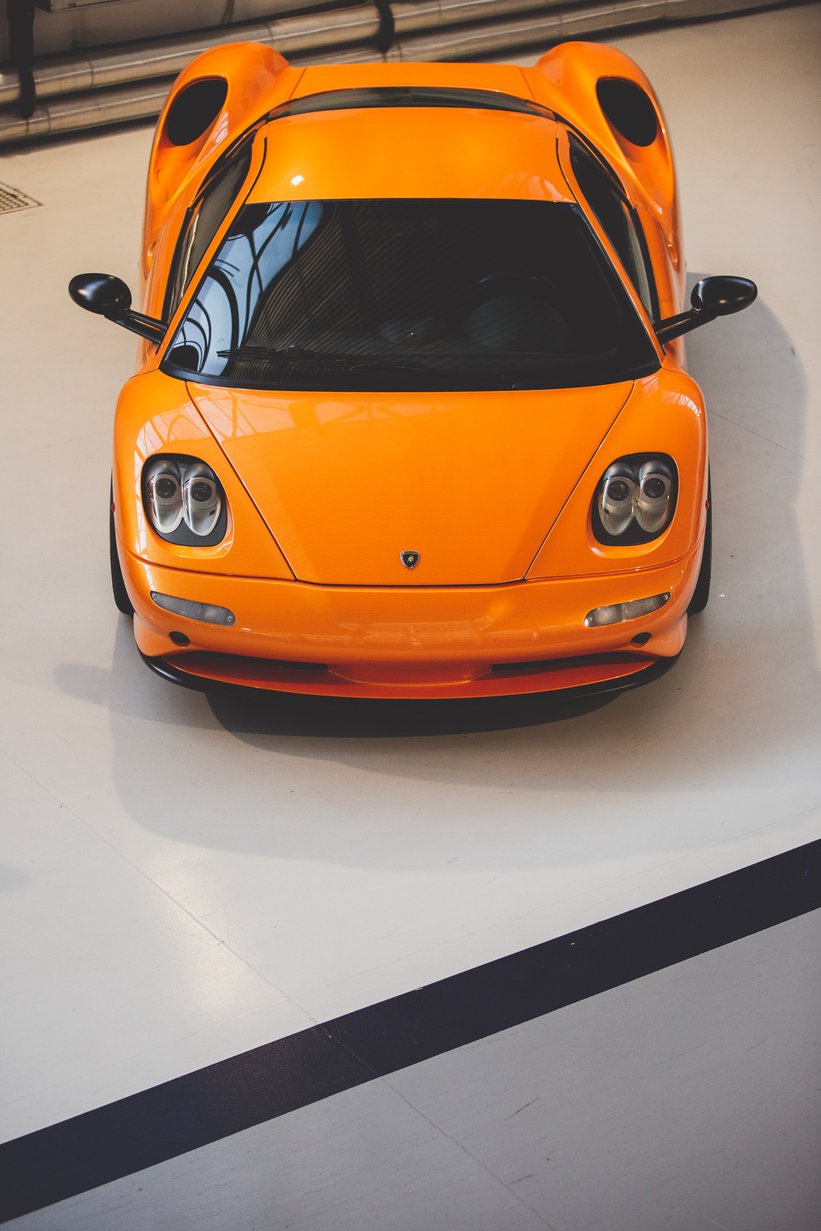
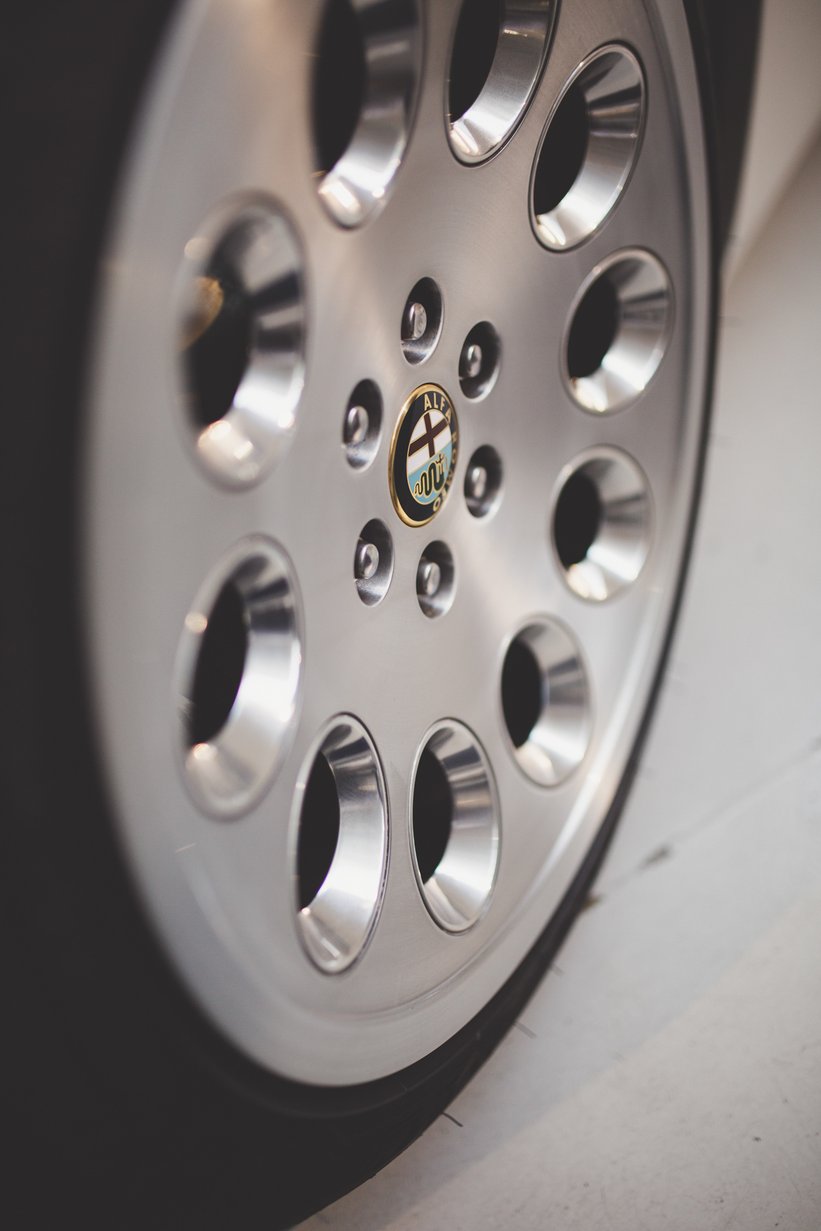
During the 1980s and ’90s, Zagato became known for its particularly idiosyncratic designs – why was this?
I believe that one of the most important characteristics of Zagato is consistency. From the functionalism of the 1920s, ’30s, and ’40s to the rationalism of the 1950s onwards, Zagato models have always been guided by the concept of bellezza necessaria. When Alfa Romeo was purchased by the state in 1935 and its design language became bulky and promotional of the regime, Zagato refused to abandon its credo and instead bolstered its working relationships with other brands such as Lancia, Fiat, and Maserati.
This ended after the War with the introduction of the 1900, Giulietta, and Giulia, which, when fitted with Zagato bodies, were once again perfect examples of the bellezza necessaria philosophy. Likewise, in the 1980s and ’90s, when design language became more rectangular and geometric, Zagato didn’t want to change its philosophy again so tried to remain consistent. The Aston Martin V8 Vantage Zagato is very modern today compared to its donor, and the same can be said of the Alfa Romeo SZ.
Could you explain how Zagato operates today?
Today, Zagato is a Total Design Studio, which means its activities go far beyond the atelier production of bespoke bodies for luxury sports cars. In fact, Zagato is now able to develop turn-key projects for the automotive, new mobility, transport, and industrial sectors, including corporate image, structure, communication, and the production of mood boards and graphics tables to support start-ups with their ‘tone of voice’. Zagato is also a product marketing and placement consultancy and has also been active in the field of electric mobility and autonomous driving sectors.
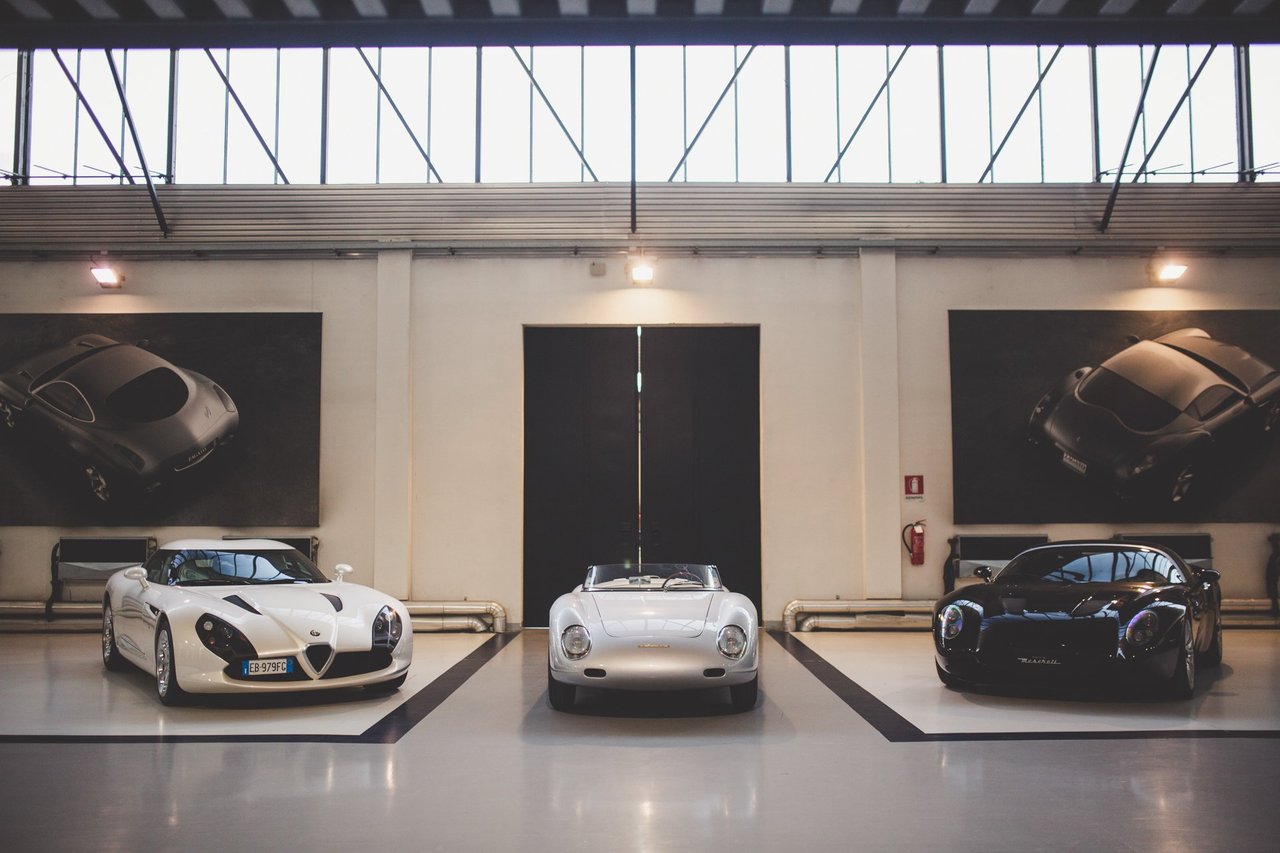

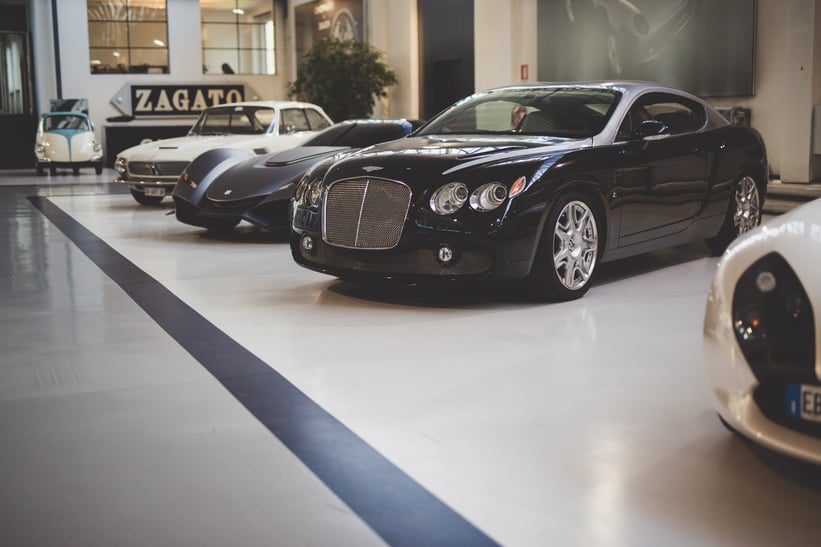
Could you outline the events and occasions at which you’ll celebrate the centenary this year?
We inaugurated the celebrations at the Concorso d’Eleganza Kyoto last weekend with 33 Zagato-bodied cars on display, which anticipated one of the themes for the centenary: the uninterrupted relationships of the Milanese design studio with many of the most prestigious automotive brands.
Of all those relationships, the most significant in the first half of Zagato’s century was that with Alfa Romeo, while in the second half, it was our association with Aston Martin. We’ll therefore celebrate with Aston Martin in the first six months of 2019 and dedicate the second half to Alfa Romeo. The latter occasions will begin in October and continue until April 2020, when our centenary will overlap with Alfa’s 110th anniversary. We’ll celebrate with more than 20 events around the world, the next being the Mille Miglia in May.
How do you think your grandfather Ugo would feel about the global recognition and passion for Zagato today?
He wanted his company to renew itself every 10 years. We’ve discovered that in 100 years of uninterrupted automotive design, we have produced more than 440 models for 44 different OEM clients. Furthermore, we discovered that our century-long history can be divided into 10 different themed decades. Ugo would be proud of his family.
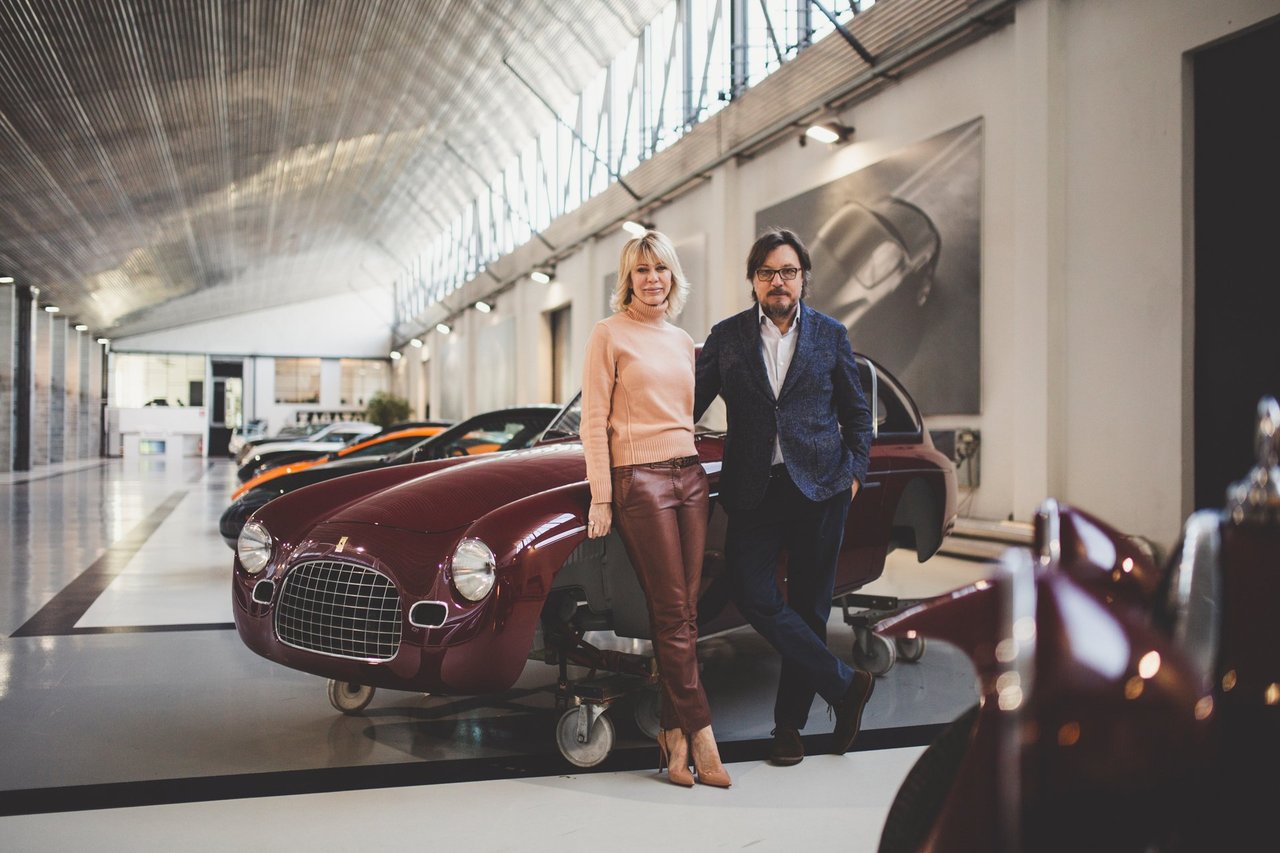
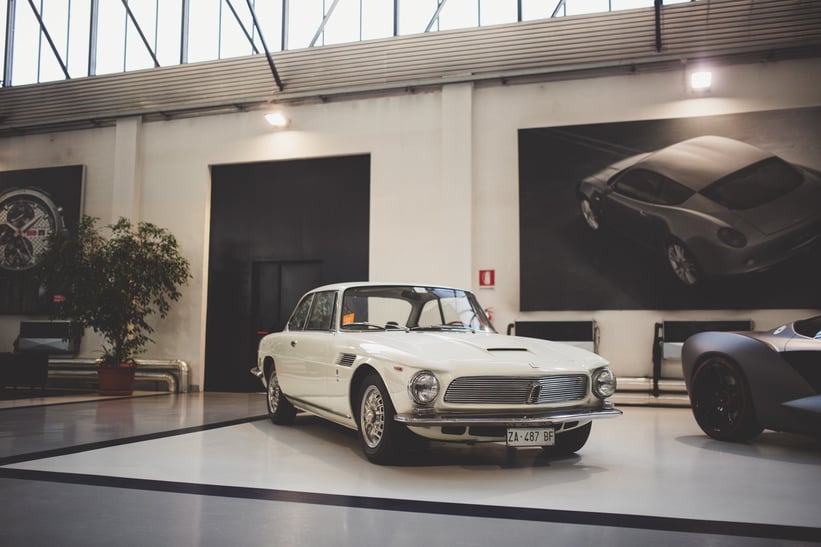
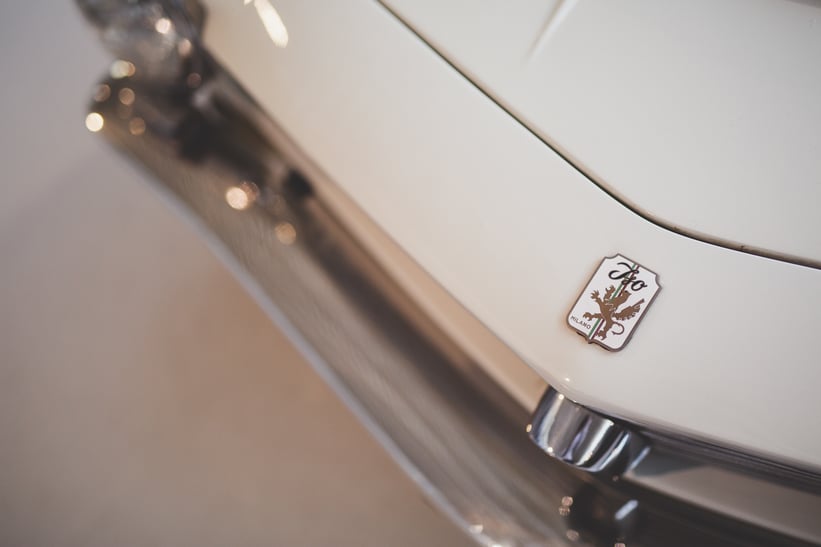
Your wife Marella is the granddaughter of the great Renzo Rivolta – how did it feel to unite two great Italian automotive names and how has it affected the business?
I have to thank my wife for the simple fact that the company is still going today and enjoying its 100th anniversary. A woman’s taste is very much evident in every Zagato product, publication, and image today, and that all depends on her touch. Of course, I must thank Nori Harada for his ability to translate our concepts and for the coherence and consistency of our design language. But Marella’s taste, imprinting, and art direction are the reasons for our improvement ever since she joined the company. Four our 21st wedding anniversary, I decided to work on her brand and try to support her family history as she’s done so beautifully with mine. Therefore, we paid tribute to Iso Rivolta by promoting the brand on the cult video game Gran Turismo to over 150 million millennial players.
Will we see more cars under the iconic banner of Iso Rivolta following the stunning Vision Gran Turismo?
Yes! As we did with Ferrari, Bentley, Lamborghini, and Porsche, we’ll also pay tribute to Iso Rivolta with a Zagato edition of 19 cars, inspired by the Grifo A3/C or Corsa version that raced at Le Mans.

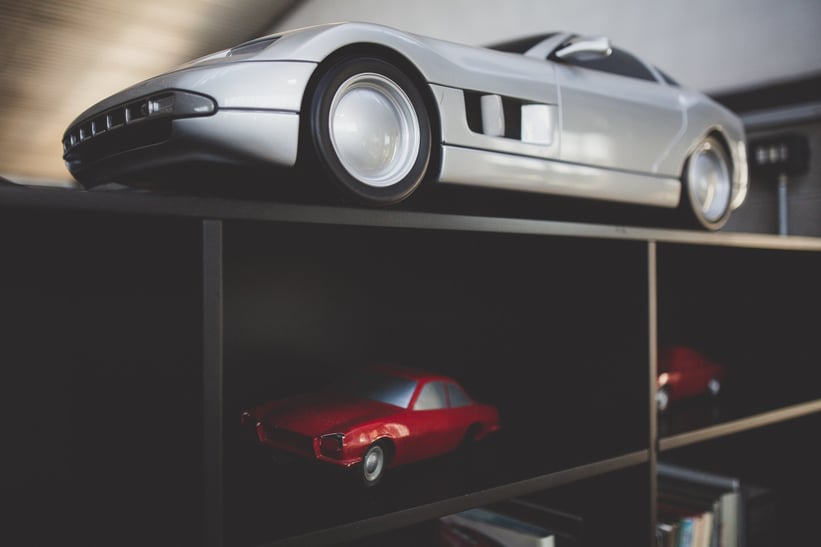
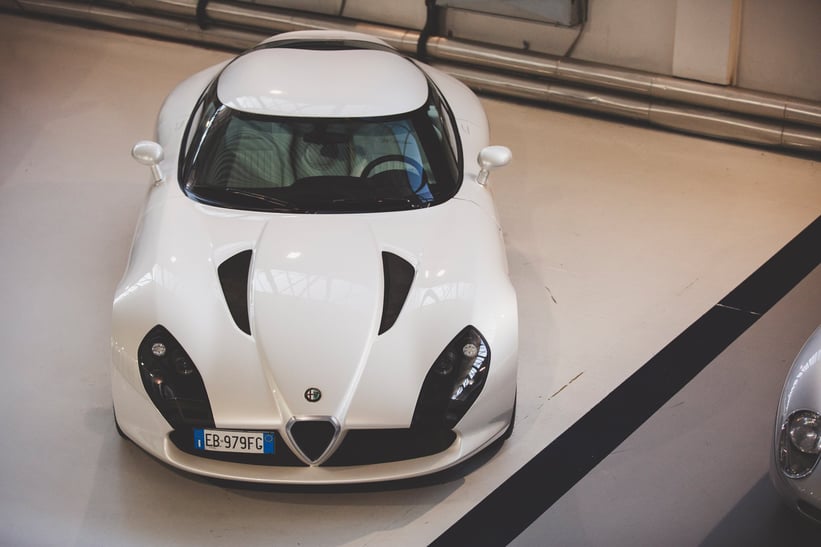
How do the requirements and tastes of customers of bespoke commissions differ today to 60 years ago?
Our customers 60 years ago were gentlemen drivers, while today they’re collectors. A good eye for design and a passion for sports cars are the common elements, but today we have the advantage of not having to be super quick. This freedom allows us to improve quality since we can dry fit each car before final assembly.
How do you intend to safeguard and perpetuate the legend that is Zagato into the next 100 years?
To reach legendary status takes 100 years, but to lose it could take much less time. I believe that consistency is the medicine needed to maintain our character and continue to be recognised.
Photos: Mathieu Bonnevie for Classic Driver © 2019





































































